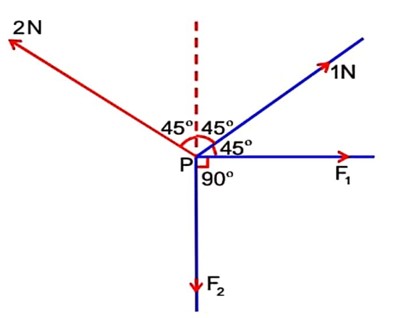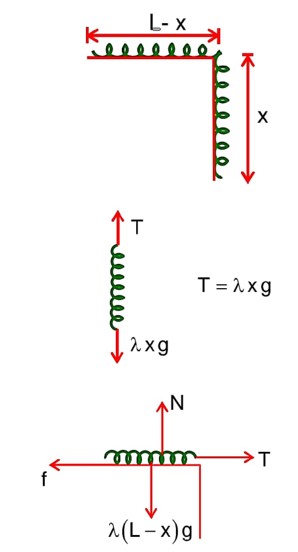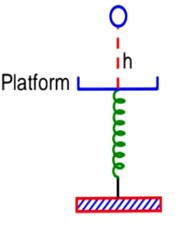Physics Laws of Motion
Get insights from 189 questions on Physics Laws of Motion, answered by students, alumni, and experts. You may also ask and answer any question you like about Physics Laws of Motion
Follow Ask QuestionQuestions
Discussions
Active Users
Followers
New answer posted
3 months agoContributor-Level 10
In Class 11 Physics, we typically talk about two main categories of forces. One is contact forces, and the second is non-contact forces. Contact forces are friction, tension, normal force, and spring force. On the other hand, non-contact forces consist of gravitational, electrostatic, and magnetic forces. These types of forces help us in understanding Newton's laws of motion, free-body diagrams (FBDs), and the concept of equilibrium.
New question posted
3 months agoNew question posted
3 months agoNew answer posted
3 months agoContributor-Level 10
For no toppling
(in limiting case)
But is not possible as maximum value of can be equal to only.
New answer posted
3 months agoContributor-Level 10
Stopping distance =
If speed is made
Braking acceleration Remains same.
New answer posted
3 months agoContributor-Level 10
F.B.D. of hanging length
F.B.D. of chain lying on the table
f = T =
x = 2m
Taking an Exam? Selecting a College?
Get authentic answers from experts, students and alumni that you won't find anywhere else
Sign Up on ShikshaOn Shiksha, get access to
- 65k Colleges
- 1.2k Exams
- 679k Reviews
- 1800k Answers




